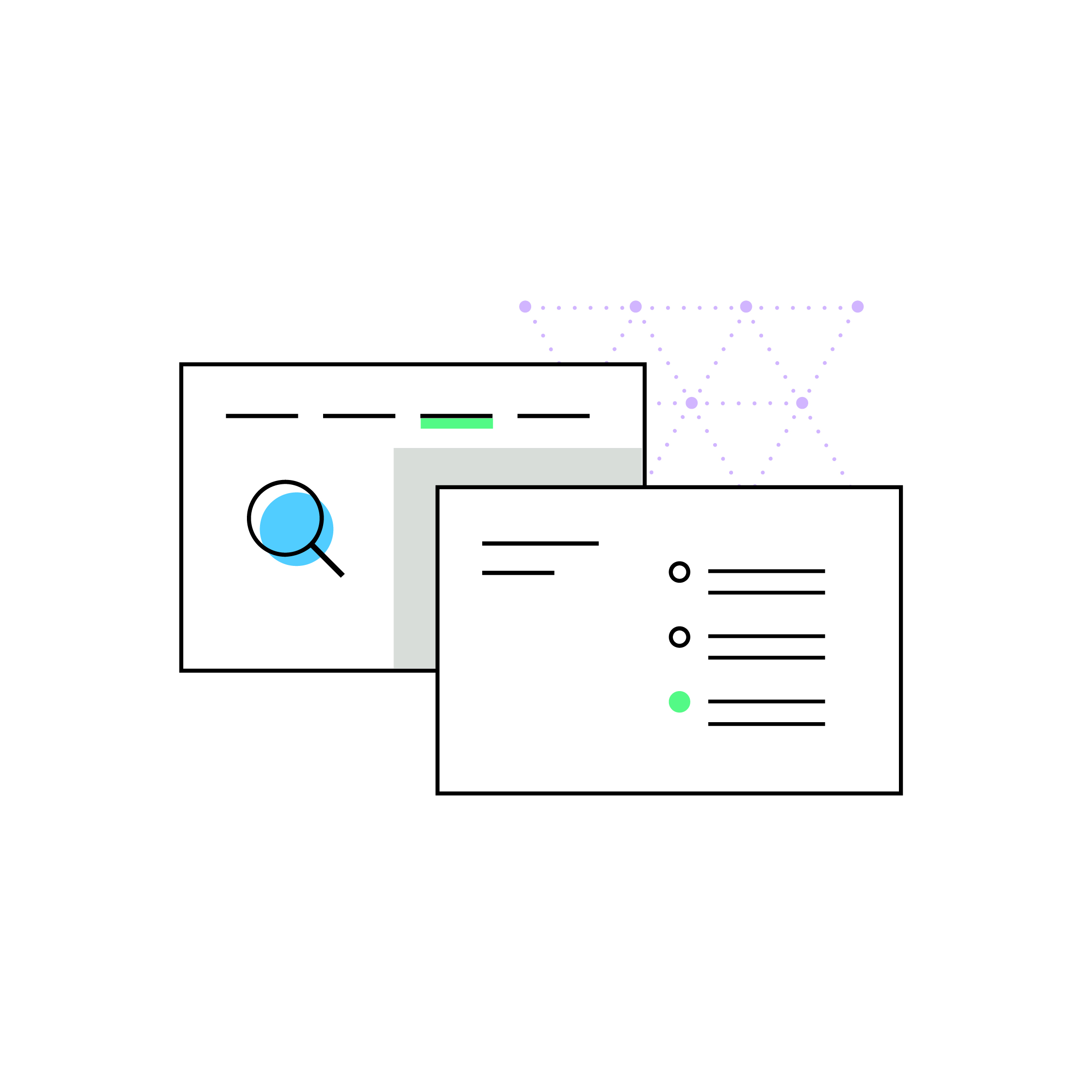Five common mistakes businesses make when migrating e-commerce platforms
by November 4, 2023
Please note: This blog was originally published in 2021. It’s since been updated for accuracy and comprehensiveness. From our friends at Above the Fray.
Re-platforming an e-commerce website can be a risky mission, involving significant time, resources, costs and potential for errors. Learn the common risks of platform migration and how to avoid them.
As new features and benefits are offered on different platforms, it may become necessary to migrate to a new e-commerce platform to scale your business, stay ahead of the competition, and keep up with consumer demand. Platform migration is complex and not without risk but with the right strategies and support in place it can help take your business to a new level. The good news? It’s been done before and there are agencies that specialize in helping businesses successfully navigate the process. We’ve put together a list of the most frequently made mistakes we’ve seen when it comes to platform migration and some helpful advice on how to mitigate them.
Mistake #1: Not creating an SEO roadmap
You’ve invested in SEO, put in the work to make it easy for potential customers to find your site, and you don’t want to lose that traffic. Migrating to a new platform without careful consideration and planning can be disastrous to your site’s rankings.
As part of a platform migration, many companies choose to redesign and improve navigation. This can definitely be a good idea if your site is outdated, but making those changes can result in lost rankings if not done right. Having an SEO specialist conduct an analysis and weigh in on those updates is a good idea. They can help you create a roadmap to port over valuable content, metadata, and most importantly create and implement a redirect map. 301 redirects not only take your user to the content they are looking for on your new site, but they provide instructions to Google on where the content was moved to, allowing you to maintain the authority earned on the old page.
Keep an eye on your organic performance before and after launch with an SEO analytics tool like SEMrush. This will enable you to identify any HTML errors that occur but also provide detailed ranking data for every search term you rank for and the associated landing page. With this level of tracking, you’ll easily be able to identify what changes, positive or negative, occurred during migration and address any issues.
It’s important to know that the migration process, even with the most careful planning and proper execution, can still result in a temporary drop in rankings. You should plan on the migration process during slow business times in the year so that you can ensure a strong bounce back when traffic and sales picks back up.
Mistake #2: Failing to clean up the data
The amount of product and customer data on your legacy e-commerce site could slip through the cracks during migration, causing ugly errors in crucial product data like product mapping, options, images, inventory, and customer data like customer account credentials and transaction history. Error in these types of data lead to inaccuracy in syncing with ERP and other applications with the online store.
There are multiple product & customer data migration tools you can use like Cart2Cart, which will help automate the transfer process, but it can’t solve all potential issues. The big challenges of migrating data are differences in database structures between different platforms. You can standardize data with fields in spreadsheets and migrate them; just test a small sample of the data on the new platform to see if the fields and data import properly. Most often, some degree of manual data clean up is necessary.
Another data issue to be aware of is that encrypted password protection on accounts can’t be decrypted by another platform. If your customers have encrypted passwords, you’ll have to find a way to communicate with your customers that they will need to create a new password for the new platform. Make sure that all data you need like order histories, product data, and account credentials are migrated correctly and fit into the new platform’s structure.
Mistake #3: Ignoring security
Cyber criminals often try to find vulnerabilities in systems and exploit them during upgrades and migrations. Highly sensitive and private data, like business and customer account information, is at stake during platform migration and if that data were to get into the wrong hands, it could damage business relationships, your brand, and your reputation. Security measures should be taken to prevent cyber security threats during re-platforming. Make sure to consider security protocol for your servers, admin panels, and payment gateway.
Remember to backup your data regularly and have a contingency plan in place in case a security breach occurs.
Mistake #4: Assuming apps will play nice
During migration, third-party applications like CRM systems, email, ERPs, and accounting applications synced with the original site need to be evaluated to see if they are supported by the new platform. Oftentimes, we encounter outdated apps that aren’t compatible with the new platform or version and require significant customization to integrate. If these systems aren’t integrated properly, it can result in critical errors.
We always recommend choosing popular, well supported third-party solutions when possible because they update frequently and are more likely to be easier to reintegrate when upgrading or re-platforming. Luckily, there are plenty of great options for prebuilt integrations available. Highly interoperable applications like TaxJar, make it easy to choose from a wide range of flexible integrations with e-commerce or ERP systems.
If your third-party apps aren’t compatible with your new platform, it’s not game over. Custom system integrations can be built to fully integrate your data in most cases or you can switch to a third party app that is supported.
Mistake #5: Attempting to DIY
As you now know the underlying risks with migrating your e-commerce platform, it probably isn’t the best idea to do it alone. Re-platforming involves a lot of technical experience in coding, development, and security, and the last thing you want is to break something you can’t fix. Consulting with re-platforming experts and relying on them to do the heavy lifting involved in an e-commerce migration is worth the investment to avoid expensive errors.
If you’d like to know more about what’s involved in re-platforming, reach out to us. Above the Fray has an extensive list of certified systems integrators, engineers, UX designers, solution strategists, QA testers, and technical architects who’ve had years of experience successfully migrating & re-platforming e-commerce stores of all types and sizes.








